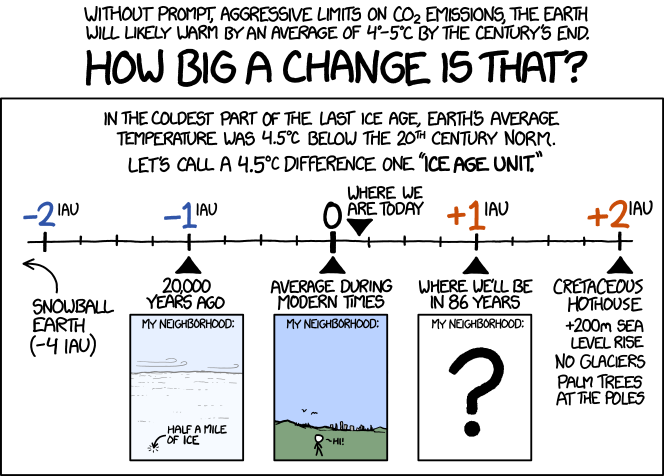What is the economic valuation of environmental and natural resources? How does man’s use of environmental and natural resources impact the environment? How can economic valuation be used in managing human activities to sustain the environment? How is the value given to environmental and natural resources?
This article answers these questions in light of the rampant destruction of the environment to satisfy the endless demand for raw materials and wanton destruction of the environment to meet human needs and wants.
Human Use of Natural Resources and Environmental Impact
The world’s life support systems or the environment, in general, provide us, humans, our needs, and the right atmosphere to survive. The following are things that benefit us:
- The natural filtering mechanisms in the mountains give us sustenance in the form of clean drinking water.
- Plants give us clean air or oxygen to burn the food that we eat so that our bodies can convert it into energy for our activities.
- The soil’s microflora and fauna can decompose organic materials back into minerals for plants that give us food.
- The woods serve as natural temperature control. Extensive growths of mangroves help sequester carbon to prevent global warming.
- The roots of trees prevent erosion as well as habitat for wildlife, and so on.
We have natural resources that kept generations alive for hundreds of years.
The quality of the environment, however, has deteriorated through the years since civilization began. One of the reasons is people’s viewpoint that the environment is a limitless source of raw materials and that we are privileged to enjoy nature without due regard to its integrity.
But, people realized that when the quality of the environment deteriorates, the quality of life also suffers. Pollution threatens human life. Contaminants make their way into the food chain and cause human harm and suffering.

Aside from viewing the environment as an infinite source of materials to meet our needs, we also need to consider that the things that we enjoy are not free. We should be conscious that just like the tangible materials that we extract from the environment such as lumber and minerals, those that are intangible like the air that we breathe, the comfort we enjoy due to the shade offered by trees, the cycling of wastes that we produce come at a price. If we are not mindful of these ecosystem functions, we will lose it.
For example, if we pollute the air with emissions such as burning plastics, operate vehicles that belch smoke due to poorly maintained engines, or rely too much on non-renewable sources of electricity like burning coal to produce heat that drives turbines. The air becomes filled with soot, mercury, sulfur dioxide, nitrogen oxides, lead, among other heavy metals. It is not good, even dangerous, to live in places where a high concentration of these pollutants is found.
Also, if we use inorganic pesticides to grow crops, there is a high chance that we can wipe out the soil bacteria that decompose organic matter. As a consequence, the death of the microorganisms will disrupt the food web. In the long run, the disturbance will prevent efficient nutrient cycling; thus, plants cannot produce food.
How Can Economic Valuation of Environmental and Natural Resources Achieve Environmental Quality?
As pointed out earlier, excessive use and utter disregard of our economic activities’ effects on environmental and natural resources bounce back to us in the form of air, water, land pollution, resource exhaustion, and disruption of the biogeochemical cycles, among other negative impacts. Ultimately, our quality of life and even survival is compromised.
To avert the negative consequences and improve environmental quality, economists devised a way to make people understand how their decisions affect the environment’s state. There is general recognition that environmental and natural resources have value. Hence, monetary values are assigned to the goods and services that the environment provides. The concept of economic valuation of environmental and natural resources was born.

What Economic Valuation of Environmental and Natural Resources Does
The economic valuation of environmental and natural resources entails imputing (assign a value to something by inference from the value of the products or processes to which it contributes) monetary value to natural and environmental resources that were once regarded free. Previously, everyone thought that natural and environmental resources are inexhaustible. But natural resources that we use today like oil, natural gas, and coal can be exhausted within a short period. Their formation took 252 to 66 million years ago (Donev et al., 2019). We should focus on how to use these non-renewable resources efficiently.
Meanwhile, natural products like lumber, wildlife for food, and non-timber forest products can be renewed. However, in many places, these renewable products were harvested or used so rapidly that their replenishment will no longer be possible. Likewise, efficient use of these resources will give it time to recover and sustainably supply society’s resource needs. Giving value to them through the practice of economic valuation of environmental and natural resources facilitates wise use.
How are environmental and natural resources assigned values? The next section explains the concept of value.
What is Economic Value?
According to Lipton et al. (1995), value is the price individuals are willing to pay to obtain a good or service. Supply and demand determine a person’s willingness-to-pay for such a product or service. The law of demand says that buyers will demand less economic good at higher prices while the law of supply states that sellers will supply more of an economic good at higher prices.
Economic value is a measure of what the maximum amount an individual is willing to forego in other goods and services to obtain some good, service, or state of the world. This measure of welfare is formally expressed in a concept called willingness-to-pay (WTP). Thus, the lost value from the degraded environment is the maximum amount individuals are willing to pay to have a state where that area is free of pollution.
The term value means different things to people with different interests. Your concept of the value of the mangrove forest as a student of environmental management will be different from an entrepreneur who wants to convert a portion of the mangrove forest into a floating restaurant for economic gain. Thus, value resides on people’s preferences. Given higher environmental awareness, however, the value of keeping the mangroves intact might appeal to the entrepreneur. Ways may be done to avoid destroying the mangroves.
Many other factors influence a person’s willingness to pay for a certain environmental good or service. For example, a person’s age determines WTP for improved solid waste management (Niringeye, 2010), attitudes towards the program to provide habitats for endangered species, and distance from extensive planted forests influenced WTP for biodiversity enhancement (Yao, 2013). Improved income increases the households’ willingness to pay for improved water services (Adepoju et al., 2009).
Still, a lot of research is needed to understand people’s willingness to pay for and environmental good or service. This situation makes the economic valuation of environmental and natural resources a rich area of study to understand how people behave towards their environment.
References
Adenike, A. A., & Titus, O. B. (2009). Determinants of willingness to pay for improved water supply in Osogbo Metropolis; Osun State, Nigeria. Research Journal of Social Sciences, 4, 1-6.
Lipton, D. W., Wellman, K. F., Sheifer, I. C., & Weiher, R. F. (1995). Economic valuation of natural resources: a handbook for coastal resource policymakers (No. 5). US Department of Commerce, National Oceanic and Atmospheric Administration, Coastal Ocean Office.
Niringiye, A. (2010). Determinants of willingness to pay for solid waste management in Kampala City. Current Research Journal of Economic Theory, 2(3), 119-122.
Yao, R. T., Scarpa, R., Turner, J. A., Barnard, T. D., Rose, J. M., Palma, J. H., & Harrison, D. R. (2014). Valuing biodiversity enhancement in New Zealand’s planted forests: Socioeconomic and spatial determinants of willingness-to-pay. Ecological Economics, 98, 90-101.
© 2020 September 25 P. A. Regoniel


